Telecentric lens is a kind of industrial lens. One of the advantages of telecentric industrial lens is that the change of object distance does not affect the magnification of the image. Because the telecentric lens has a unique parallel optical path design, it is especially suitable for occasions with high lens distortion requirements, such as: mobile phones, watches, mechanical parts, plastic parts, electronic components and other precision parts size detection scenarios.
Under what circumstances are telecentric industrial lenses used:
1. When the thickness of the detected object is large and more than one plane needs to be detected, typical applications such as food boxes, beverage bottles, etc.;
2. When the position of the measured object is uncertain, it may be at a certain angle with the lens;
3. When the object to be tested jumps up and down during the detection process, such as when the working distance changes due to the vibration of the production line;
4. When the measured object has an aperture or a three-dimensional object;
5. When a low distortion rate is required and the brightness of the image effect is almost the same;
6. When the defect to be detected can only be detected under parallel illumination in the same direction;
7. When the detection accuracy needs to be exceeded, such as when the allowable error is 1um.
Specific application scenarios of telecentric lenses
1. Mobile phone middle frame detection: Mobile phone middle frame detection requires high accuracy. Generally, the lens distortion exceeds 1%. The deviation of the distortion will directly cause the detection accuracy of the entire system to exceed the detection accuracy requirements. The Primis bi-telecentric industrial lens adopts relatively precise design and technology in lens distortion control, which can solve the deviation caused by lens distortion.
2. Visual inspection of stamping parts: The telecentric industrial lens has the advantages of large depth of field, constant magnification, high parallelism, low distortion, etc. The images collected in the visual inspection system of stamping parts have no shadows, high edge sharpness, no near-large For small problems, it can better distinguish product defects and improve detection efficiency.
3. Electronic component measurement: A small telecentric lens is required to check its integrity, size, specification, position and the curvature of the pins, and the electronic drawing board needs to detect the spacing of each component. Other electronic products such as transistors and IC circuits require telecentric lenses to detect their size and location of connection points.
4. Glass bottle surface defect detection: Glass bottles are characterized by light transmission and reflection, and are easily disturbed by external ambient light. Light from various angles will cause occlusion or whitening, which affects the identification of surface scratches. Using a telecentric industrial lens, its special optical structure can solve the problem of reflection and make it possible to detect small scratches on the bottle. At the same time, with a certain light source, the position of the scratch becomes clearer and more stable.
Pomeas is a professional lens research and development and production enterprise. Among them, telecentric industrial lenses include bi-telecentric lenses, zoom telecentric lenses, fixed-magnification macro telecentric lenses and other categories, which are applicable to a wider range of fields.
Product recommendation
TECHNICAL SOLUTION
MORE+You may also be interested in the following information
FREE CONSULTING SERVICE
Let’s help you to find the right solution for your project!


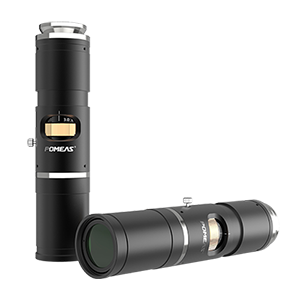

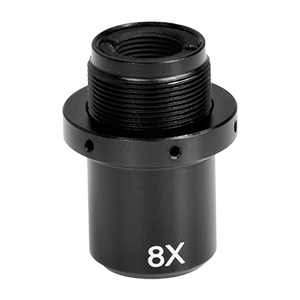
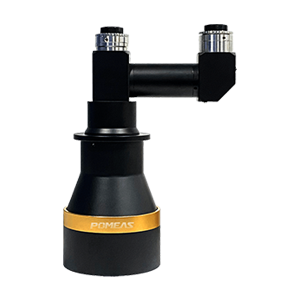
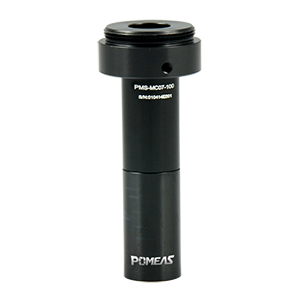
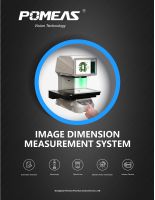

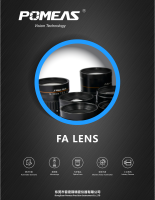
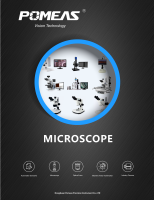
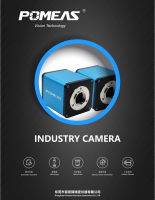
 ASK POMEAS
ASK POMEAS  PRICE INQUIRY
PRICE INQUIRY  REQUEST DEMO/TEST
REQUEST DEMO/TEST  FREE TRIAL UNIT
FREE TRIAL UNIT  ACCURATE SELECTION
ACCURATE SELECTION  ADDRESS
ADDRESS Tel:+ 86-0769-2266 0867
Tel:+ 86-0769-2266 0867 Fax:+ 86-0769-2266 0867
Fax:+ 86-0769-2266 0867 E-mail:marketing@pomeas.com
E-mail:marketing@pomeas.com
